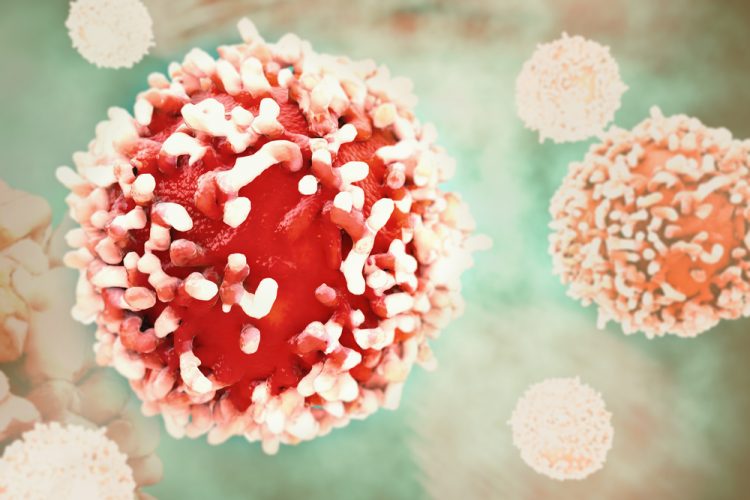NMR method could uncover details of cancer and neurodegeneration development
Posted: 1 November 2021 | Anna Begley (Drug Target Review) | No comments yet
Scientists have used nuclear magnetic resonance (NMR) spectroscopy to investigate the protein p53, which they say could advance cancer studies.


Researchers from Eötvös Loránd University, Hungary, KIT University and Bruker company, both Germany, have jointly developed a new nuclear magnetic resonance (NMR) spectroscopic method that can be used to map the function of intrinsically disordered proteins (IDPs) easier, faster and more accurately. The method could be used to further study illnesses such as cancer and neurodegenerative diseases and therefore lead to the development of new treatments.
NEWS: PANACEA consortium to increase global access to NMR spectroscopy – READ HERE
An IDP is rich in amino acids possessing hydrophilic and charged side chains. The presence of proline, which has ‘structure-breaking’ properties, is also common. Proline is difficult to study due to its unique structure, but it is also involved in important biochemical regulatory processes, making its comprehensive characterisation of high importance.
“Understandably, the determination of the isomeric forms of proline and the quantification of the specific isomers is an important issue. Previously, time-consuming, synthetically achieved, expensive procedures were used to map the influence of proline,” explained Associate Professor Andrea Bodor from Eötvös Loránd University, who led the study. “These are artificial interventions, that lead to a disruption of the cis-trans proline equilibrium, distorting the results.”
According to the team, NMR spectroscopy is a suitable technique for characterising IDPs at atomic level, as characterisation of mobile molecules is not possible with X-ray crystallography and cryo-electron microscopy methods.
“We needed to develop a technique that would allow the detection of small amounts of proline isomers in a relatively short measurement time with excellent resolution. The advantage of the new method is that the measurements can be performed in any bioNMR laboratory, without the need of special instrumentation,” Bodor emphasised.
The effectiveness of the new method was demonstrated on a disordered fragment of the tumour suppressor protein p53, showing that phosphorylation that occur in the body can affect the cis-trans proline equilibrium, thereby steering the function of the protein. The results were published in Angewandte Chemie.
Furthermore, the researchers explained that it is possible to detect equilibrium isomers for any given protein, especially if it is an IDP, under in vitro conditions without time-consuming and complex procedures. Moreover, the involvement of a given isomeric form in further post-translational modifications can also be traced, leading to insights into the protein function and consequently understanding of cancer and other diseases.
Related topics
Analytical techniques, Disease research, In Vitro, Label-free, Nuclear Magnetic Resonance (NMR), Protein, Small Molecules, Spectroscopy
Related conditions
Cancer
Related organisations
Eötvös Loránd University, KIT University
Related people
Andrea Bodor


